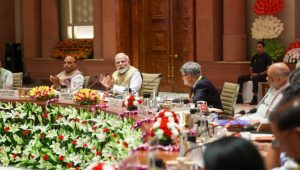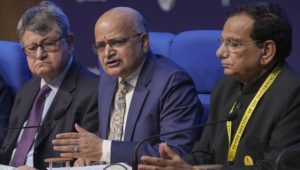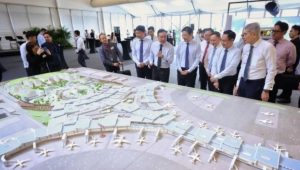In a market twist, limited rice supplies from Vietnam have caused a price spike, sending Vietnamese rates soaring to their highest level since 2008. This unexpected jump has, in turn, fueled demand for the more affordable Indian parboiled rice variety, pushing its prices to their highest in two months.
Vietnamese rice, known for its premium quality, has seen export disruptions due to factors like lower crop yields and stricter quality controls. This sudden supply crunch has created a vacuum that Indian exporters are eager to fill. Indian parboiled rice, while not as high-end as its Vietnamese counterpart, offers a cost-effective alternative for buyers, particularly in Africa and the Middle East.
“The Vietnamese situation has opened up a window of opportunity for Indian exporters,” said a Mumbai-based rice trader. “We are seeing renewed interest from buyers who were previously sourcing from Vietnam, and this is pushing up Indian prices.”
However, analysts caution that the Indian rice rally might be short-lived. While Vietnam’s supply issues are expected to persist in the short term, a larger global rice harvest in 2024 could bring prices back down. Additionally, India’s own rice export restrictions, implemented to manage domestic inflation, could dampen the overall surge.
Despite the uncertainties, the current scenario highlights India’s potential as a reliable and competitive rice exporter. By capitalizing on Vietnam’s temporary hiccup and addressing its own internal hurdles, India could solidify its position as a major player in the global rice market.















